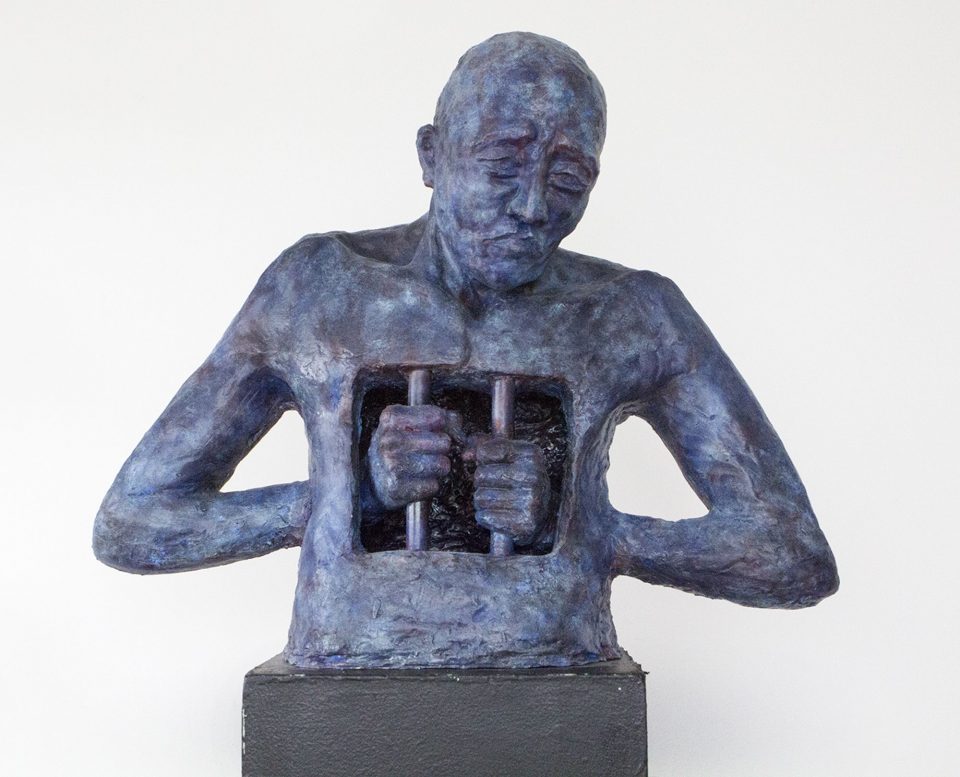As we move through our lives we will encounter problems. A large part of navigating life is our ability to problem solve. Being an adult means being a problem solver, and many of us might indulge in a secret satisfaction at our abilities to problem solve at rapid pace. For some, our work is all about the speed and accuracy with which we solve problems. If you’re a parent, raising children is about showing them how we solve life’s problems from learning to ask for what you need, becoming skilled at different tasks and managing the complexities of relationships when others exclude you, demean you, or overpower you with their needs.
Problems Magnify Themselves
Once we build a strategy for solving a particular type of problem, our brains, which tend to like formulas for ease of repeatability, lock in a neural pathway and create a kind of short-cut solution path to solving similar problems whenever they might be encountered. It a useful mechanism when it works. The messy part of life however, is that not all problems can be mapped to the formulas we’ve built.
We can find ourselves in a maddening loop of applying our problem-solving solutions to problems that cannot be solution-ed in this way. These types of problems tend to magnify themselves in our lives become louder and louder in voicing their problematic nature in our life story. Indeed, sometimes our problem stories can be so loud it’s all we hear when we examine our life or try and still the busy-ness of our lives. That pesky, noisy problem makes sure it is heard.
Dominant Problem Stories
Problem stories that start to dominate our lives can become like unwelcome house guests. The evidence of their occupation is littered in every room of our mental dwelling. There is not a space we can enter without the presence of the problem story. Once it it moves into our mental space, it then starts to attach itself to our identities. We no longer think of ourselves without our problem. We are hitched together: an eternal marriage of my problem and me.
Some problems get so bold they take over our sense of self and become us. Or, put another way, we become our problems. We perform our identifies to the world through the disguise of our problem. The problems make us adapt and deny parts of ourselves with which the problem doesn’t want to share its identity. Gradually we can become the guest in our own lives. The problem has taken over the deeds to our identity. The problem that was once squatting in our mental home is now the permanent resident and we become the visitor.
How do you regain ownership of your identity?
Is it possible to evict problems that have overstayed their welcome?
What is the solution to dominant problems?
Omnipresent Problems
One of the more sneaky attributes of dominant problems is that they like to have us believe that they are omnipresent – always there; always a part of who we are. You cannot be without the problem being there too. However, problems are not omnipotent, their power has limitations. They have lured us into ignoring the times and spaces where the problem is missing from our lives.
Say, for example there is a crippling anxiety a person feels in social settings. Over time they trim down their lives to avoid situations that might initiate the anxiety. Gradually their lives shrink and they may say, “I can’t do that because I am an anxious person,” or, “Those sort of events make me anxious.’ Anxiety haunts them and seems to be with them everywhere, at all times. And yet this is not true. They was a time before anxiety moved in. There will be times when anxiety is absent or ‘asleep on the job.’
The person should pay attention to when anxiety is missing, to the people they have around them, the types of activities and environments that don’t invite anxiety need to be noticed. These moment provide a clue and remind us that anxiety is not all-powerful. Once we have seen the chink in anxiety’s armour, it has less strength. If we amplify those times and environments which have less anxiety and build a greater awareness of what it’s like for us without anxiety coupled into our identity we start to regain our sense of who we are without anxiety as our partner.
New Stories
We have started to implement solutions to the dominant problem story that had disguised our life and our identity. We are on the path to regaining agency of the performance of our identities and noticing who we are in spite of our problems. As individuals, or as teams, and even as organisations we can have dominant problem stories limiting our potential. There is a way we can be supported to notice some of the alternative stories available to us. Working with a skilled narrative therapist can help us remember who we are without those over-bearing problems.
If you or your organisation would like to work with a Narrative Practitioner to support you in moving on from a problem story, please reach out. You can contact us at www.madebetterhuman.com.au or speak to Callan at callan.mcdonnell@madebetterhuman.com.au or 0434 071 483





